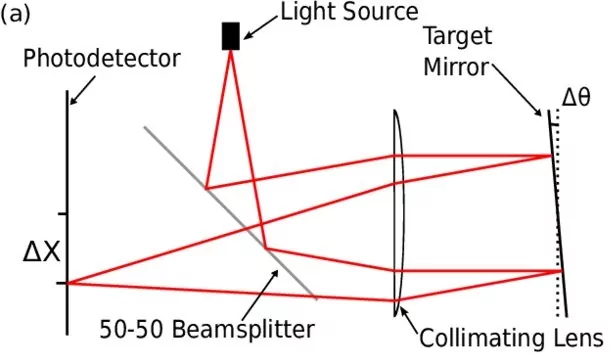Parabolic Mirror Design

Parabolic mirrors are optical systems that are used to collect or distribute energy. They have a wide range of applications from solar collectors for water heating systems to microscopes and telescopes, and everyday flashlights. The most common way to understand parabolic mirrors is that a bundle of light beams parallel to the optical axis will […]
Datum Surface In Optical Drawings

Our recent post described how to read optical production drawings. One of the parameters frequently found in optical drawings, “Datum Surface,” should be covered more closely. Datum definition As defined by both ISO and ANSI technical standards, datum marks part entity (i.e., axis, surface, point), allowing us to apply geometrical requirements and tolerances (GD&T). Even […]
Beam Expander Design

Introduction to Beam Exander Design The essence of numerous laser applications lies in the capacity to control and shape laser beams to meet specific requirements. In previous articles, we discussed the significance of beam splitters, homogenizers, and Powell lenses. Now, our focus shifts to the concept of beam expanders, an important optical element that can […]
How to read an MTF chart

Understanding the purpose of an MTF chart and how to read and MTF chart is an essential skill for anyone involved in the development of products that use optics. For most applications an MTF test is the single best method to determine lens quality. In this post we will review the definitions, show example charts, […]
Understanding Raysets and Ray Files for Accurate Illumination Design

Ray sets A rayset (sometimes called a rayfile) is a key element in the design of any illumination system. It describes the path of hundreds of thousands, millions, and even billions of rays of light as they leave a source (typically an LED). This data set is used in a ray tracing program like Zemax […]
Using Auto-Collimators for Optical Assemblies

Optical alignment with auto-collimators The field of optics has witnessed remarkable advancements over the years, enabling the development of increasingly complex and precise optical assemblies. In this pursuit of perfection, engineers and researchers have turned to specialized tools like auto-collimators to ensure the accuracy and alignment of optical components. An auto-collimator is a versatile optical […]